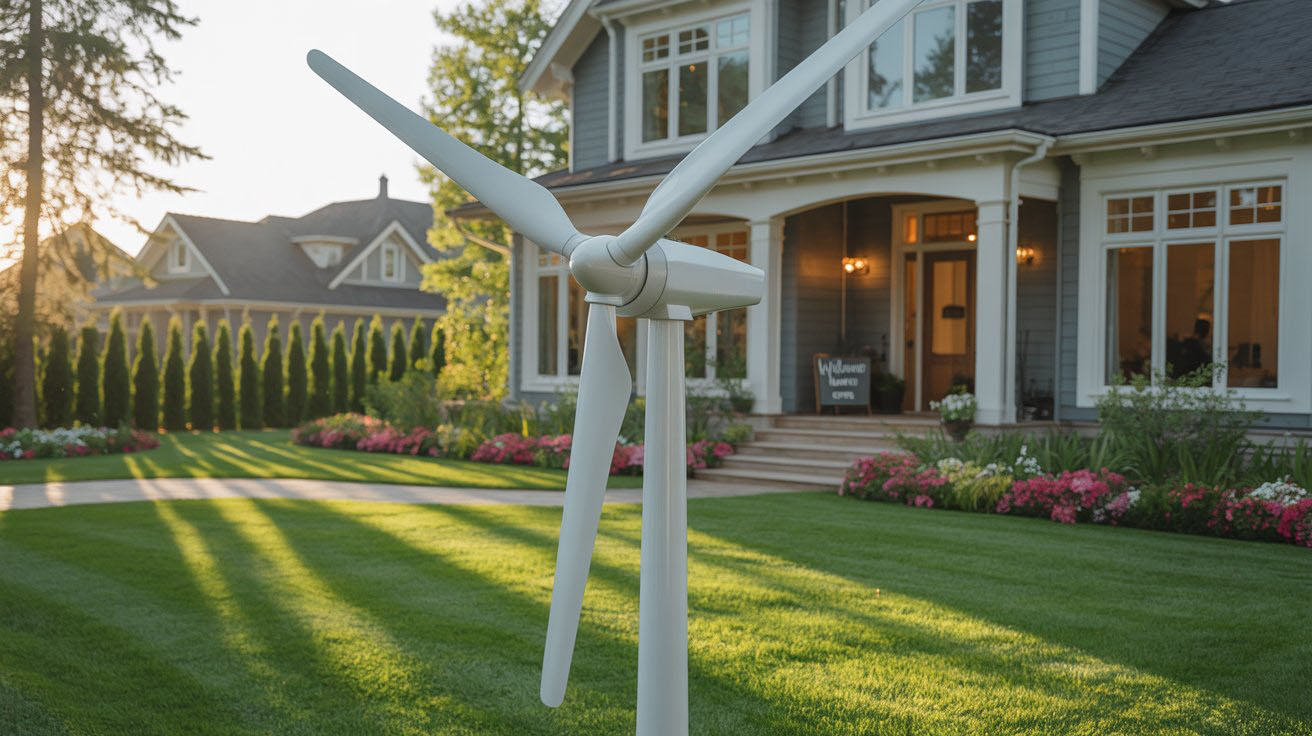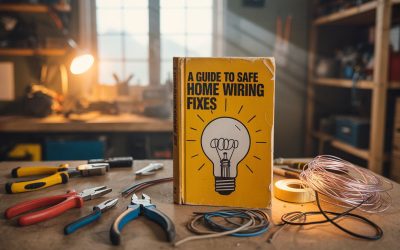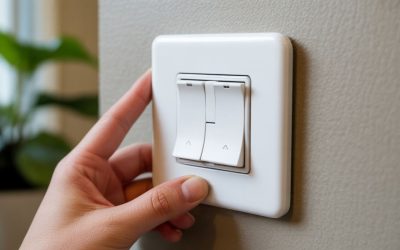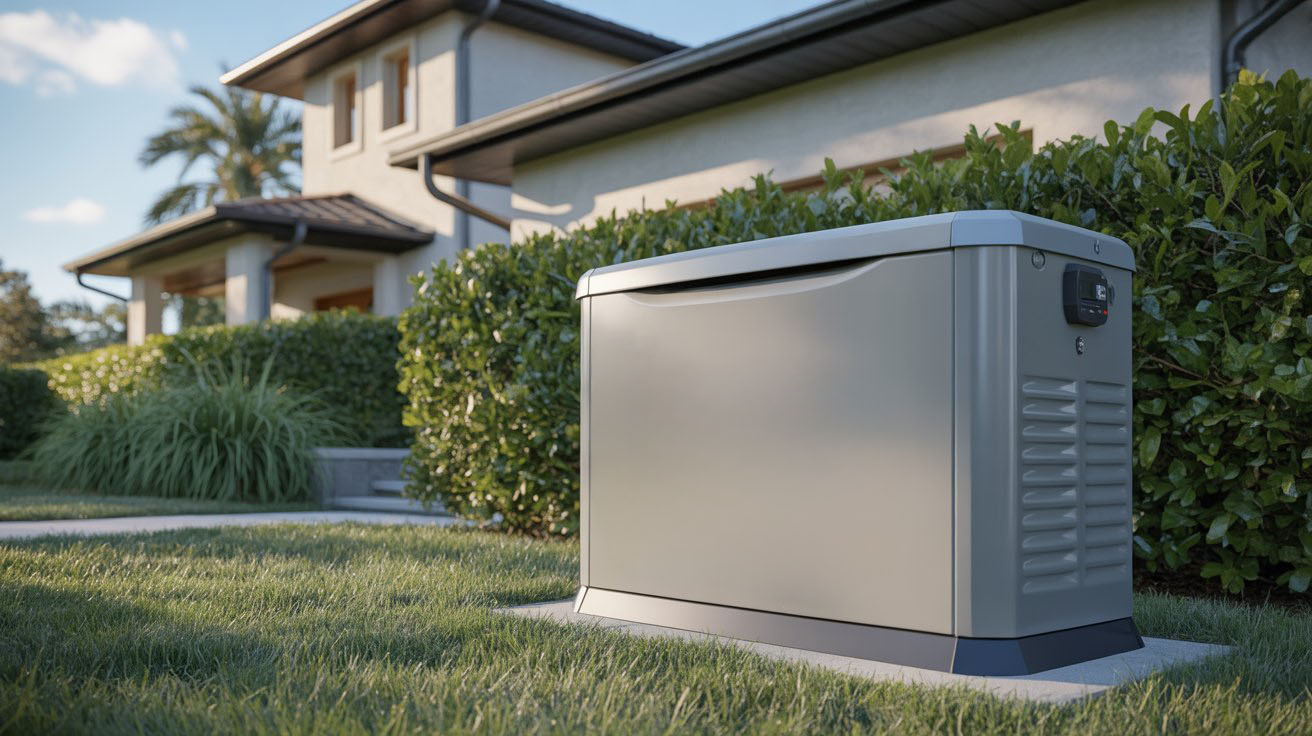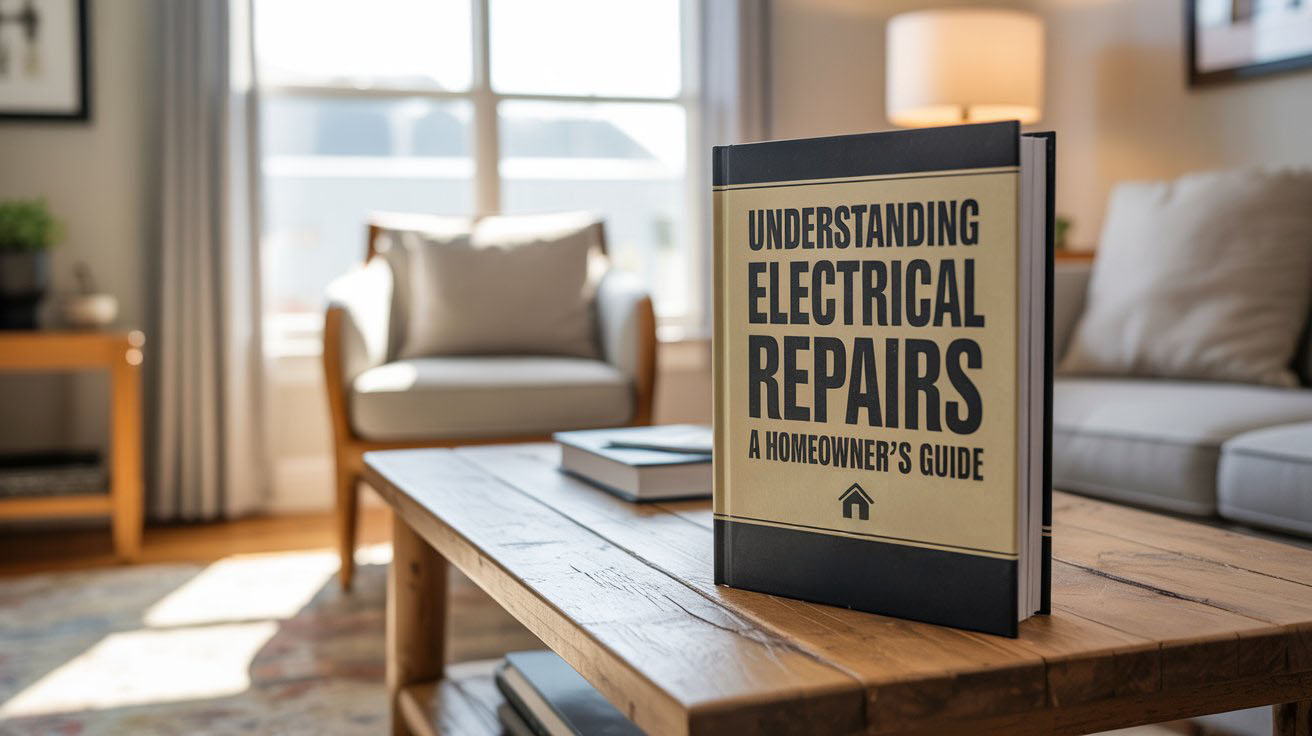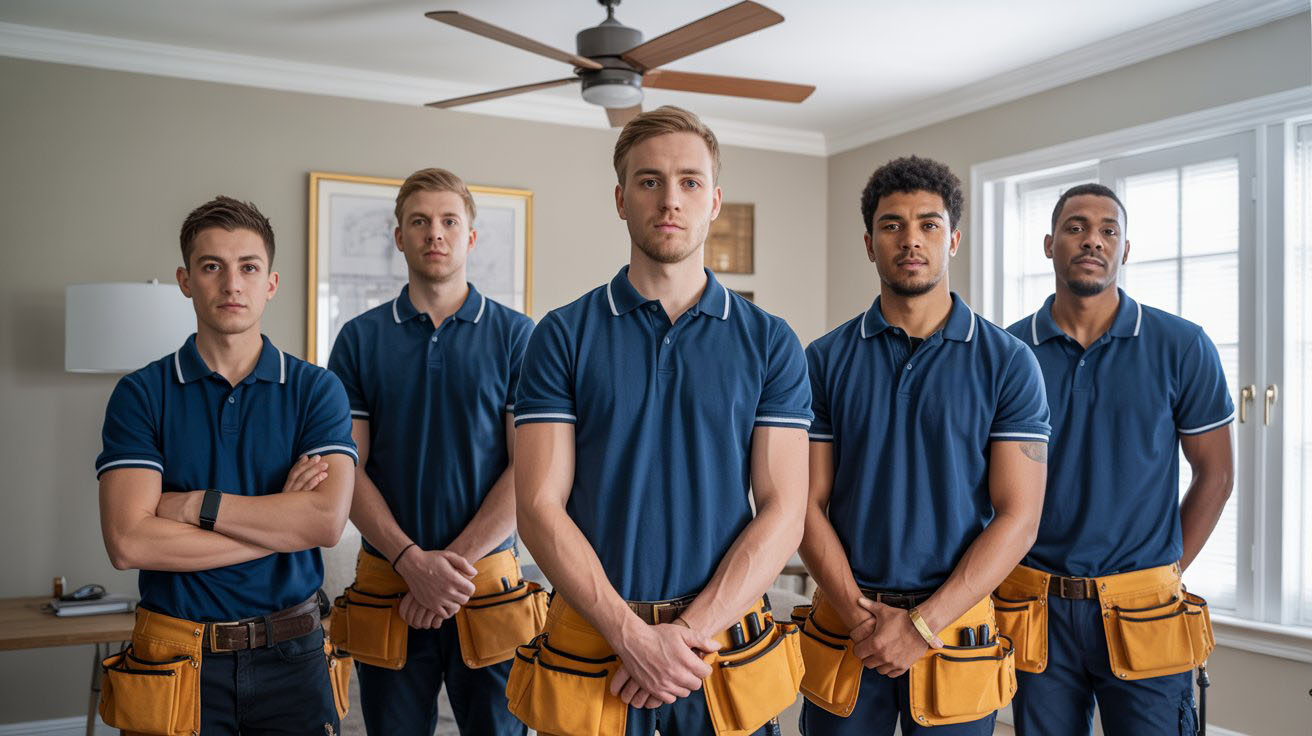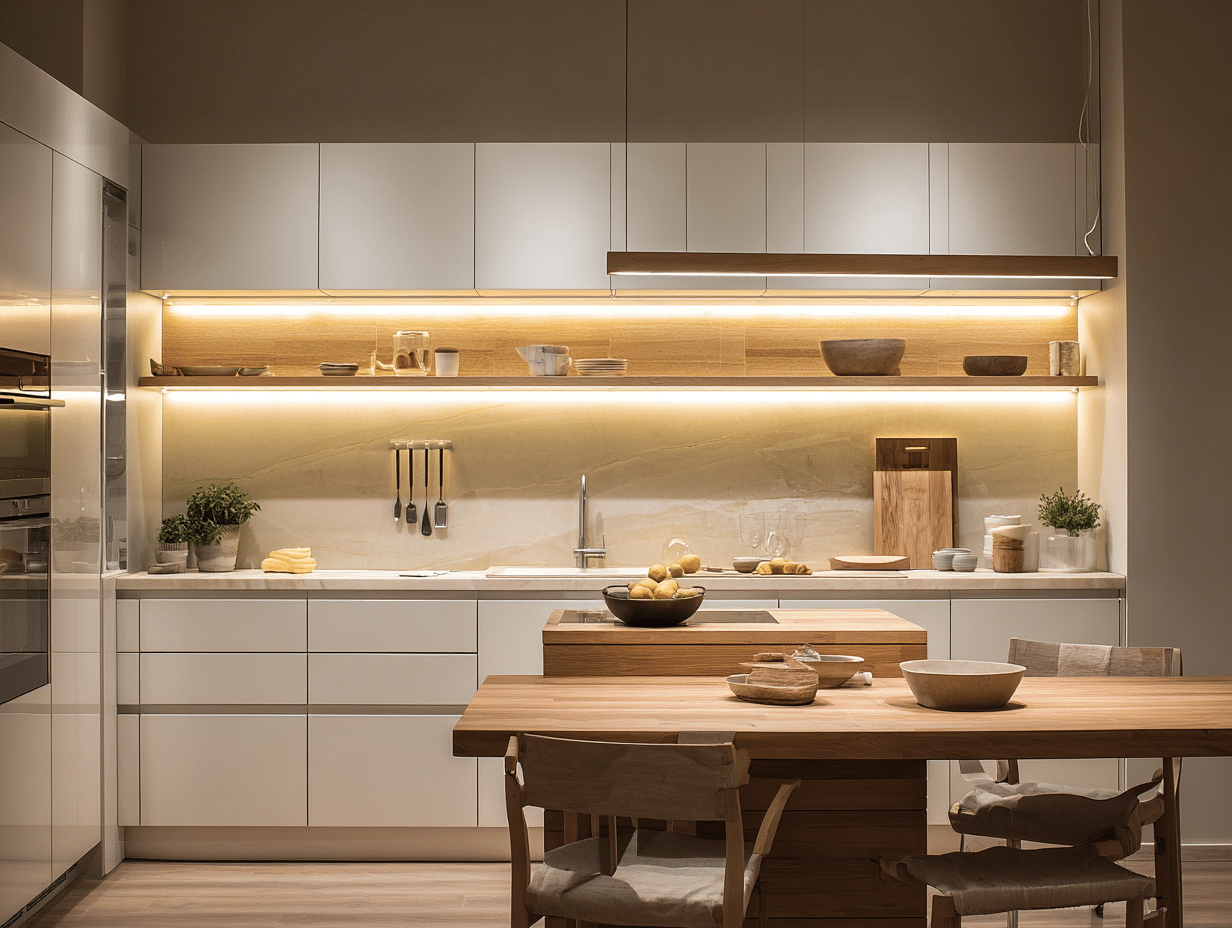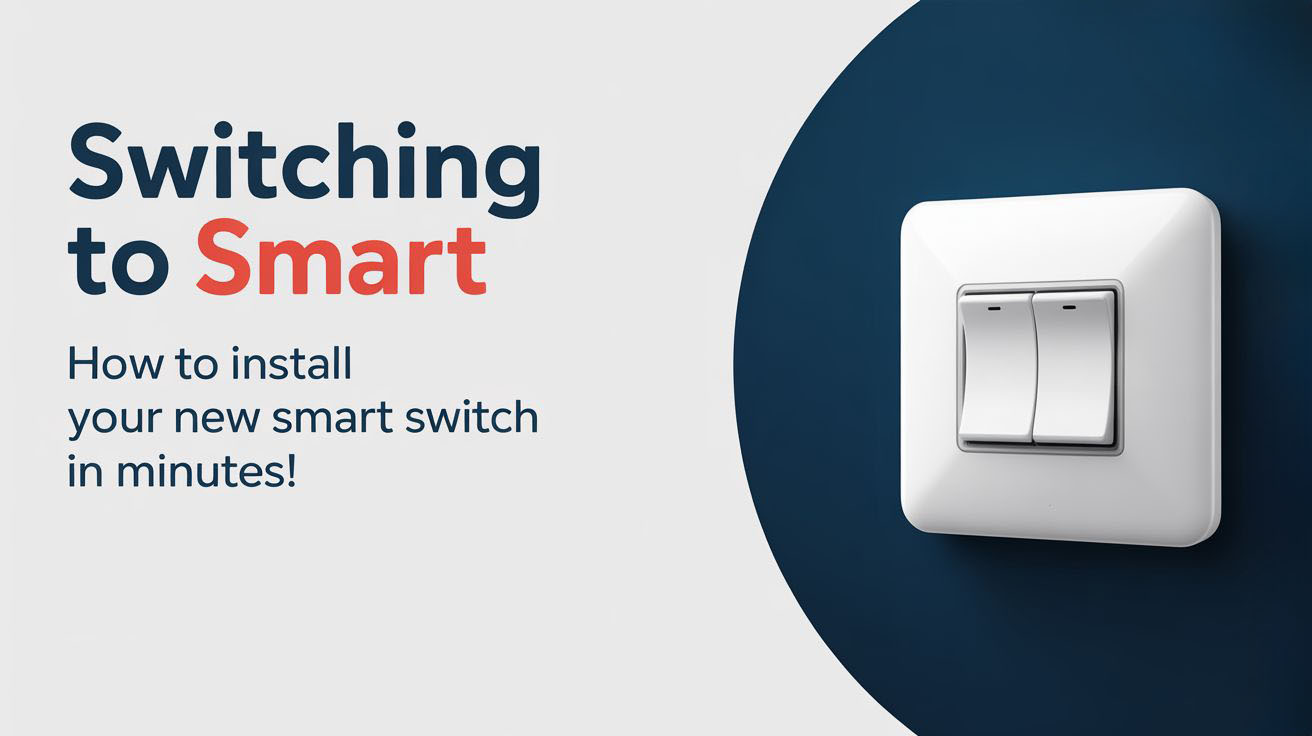Wind turbines are gaining popularity among homeowners who seek to reduce energy costs and harness renewable energy. Installing a wind turbine can be an excellent investment, but the process may seem daunting at first glance. This guide will help you understand wind turbine installation, ensuring you can make informed decisions along the way.
Table of Contents
- Benefits of Wind Turbines
- Types of Wind Turbines
- Assessing Your Site
- Installation Process
- Maintenance Tips
- Cost Considerations
- Key Takeaways
- Frequently Asked Questions
Benefits of Wind Turbines
Wind turbines provide numerous advantages for homeowners. First and foremost, they can significantly reduce electricity bills by generating clean energy. This means you rely less on your local energy provider. Many homeowners also appreciate the environmental benefits, as wind energy production produces little to no carbon emissions.
Other key benefits include:
- Increased property value
- Independence from utility companies
- Potential tax incentives and rebates
- Reduced reliance on fossil fuels
Considering these advantages can motivate you to explore the installation of wind turbines.
Types of Wind Turbines
Before selecting a wind turbine, it is crucial to understand the various types available. Generally, wind turbines can be categorized into two main types: horizontal-axis and vertical-axis.
Horizontal-axis turbines:
- Most common type
- Typically installed on taller towers
- More efficient in higher wind speeds
Vertical-axis turbines:
- Often suited for urban areas
- Stand out with unique designs
- Works well in turbulent winds
Evaluating the types will help you select the right turbine for your home.
Assessing Your Site
A successful wind turbine installation begins with a thorough site assessment. Your location plays a significant role in energy production. Gather information on typical wind speeds in your area and check for any potential obstructions, such as trees or buildings, that may block the wind.
Key considerations during your assessment include:
- Average wind speed: Higher speeds result in better productivity.
- Distance from obstructions: Install your turbine at a distance from barriers that could disrupt airflow.
- Local zoning laws: Always verify the building codes and permits required in your area.
Engaging an electrician for a site evaluation may help ensure you meet all requirements.
Installation Process
Once you have selected a wind turbine and assessed your site, it is time to move to installation. While some homeowners might want to handle this phase themselves, it’s wise to consult a professional electrician to ensure safety and compliance with local regulations.
The installation steps generally include:
- Preparing the site, including the foundation for the turbine.
- Erecting the tower and attaching the turbine to it.
- Connecting the turbine to your home’s electrical system.
After installation, the electrician will conduct tests to ensure everything functions correctly, allowing you to start enjoying your new energy source.
Maintenance Tips
Wind turbines require regular maintenance to ensure optimal performance and efficiency. Simple tasks can help prolong the lifespan of your turbine.
Some maintenance tips include:
- Inspecting the blades and tower periodically for wear or damage.
- Checking electrical connections to ensure they are secure.
- Scheduling regular service with a professional electrician.
Addressing minor issues before they escalate can save you time and money in the long run.
Cost Considerations
When planning for wind turbine installation, understanding the associated costs is crucial. Prices can vary based on the type and size of the turbine, labor costs, and additional equipment. Here’s a basic outline of anticipated expenses:
- Turbine cost: Ranges from a few thousand to tens of thousands of dollars
- Installation fees: Costs depend on labor rates in your area
- Maintenance fees: Budget for ongoing maintenance expenses
Be sure to research any tax credits or rebates available for renewable energy installations that can help offset some of the costs.
Key Takeaways
– Wind turbines offer economic and environmental rewards.
– Understand different turbine types to choose the best one for your location.
– Conduct a thorough site assessment to determine wind potential.
– Engage a professional electrician for safe installation and upkeep.
– Keep maintenance simple to ensure long-term performance.
Frequently Asked Questions
What is the average lifespan of a wind turbine?
Wind turbines typically last 20 to 25 years, with proper maintenance.
How much energy can a wind turbine produce for my home?
Energy production depends on the turbine’s size and local wind conditions. A small turbine can generate between 400 and 1,000 kWh per month in ideal conditions.
Are there any tax incentives for installing a wind turbine?
Yes, many regions offer tax credits and rebates for renewable energy projects. Check with local and state governments for specific opportunities.
Can I install a wind turbine in an urban area?
Yes, but you might need to consider local zoning laws and building codes. It’s wise to consult with professionals before proceeding.
How do I choose the right size wind turbine for my home?
Consider your energy needs and local wind conditions. A professional assessment can help determine the best option for you.
Installing a wind turbine can lead to significant savings and environmental benefits. If you’re considering adding this renewable energy source to your home, it’s time to take action. For more guidance and professional assistance, contact us today and begin your journey toward sustainable energy.

